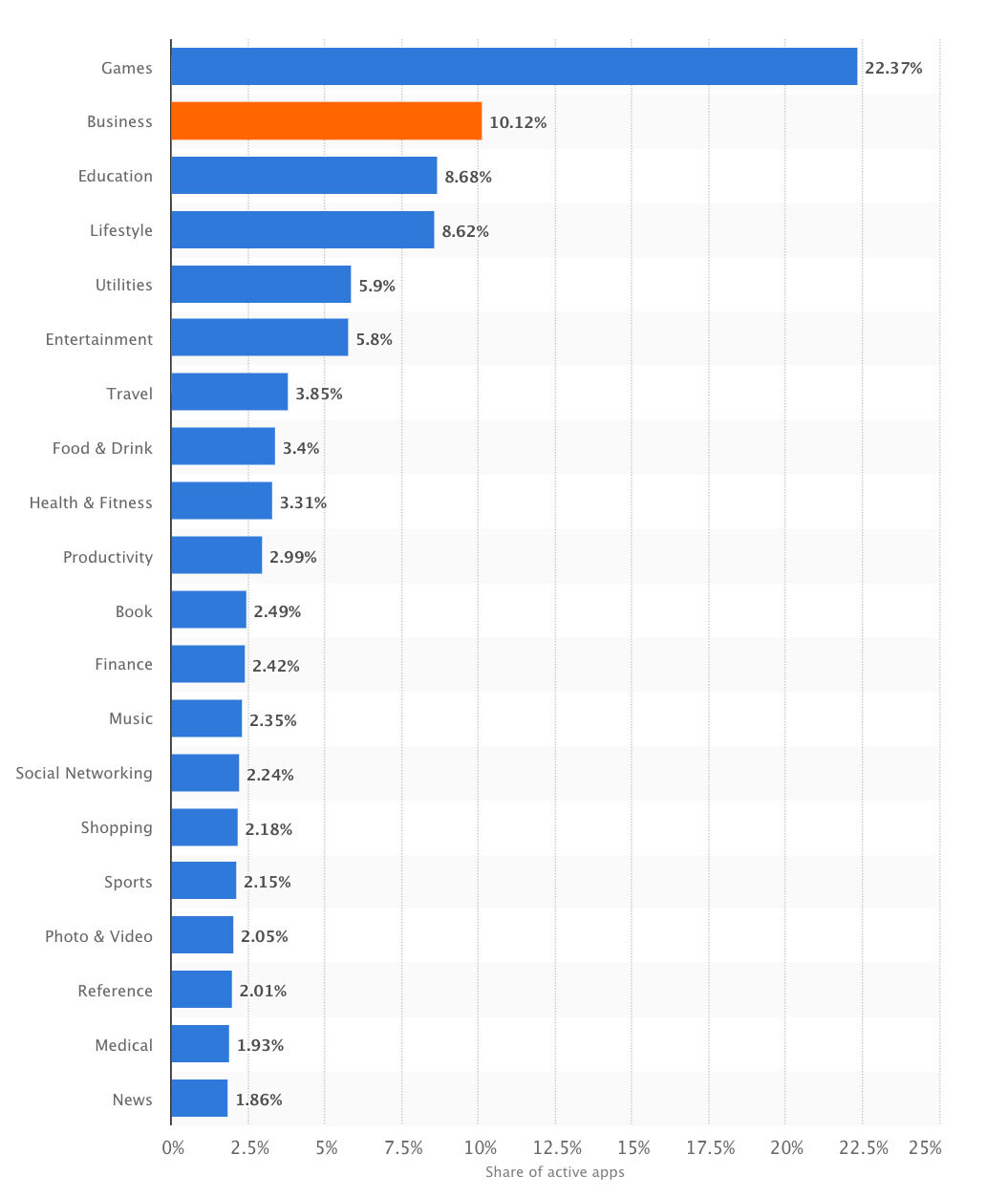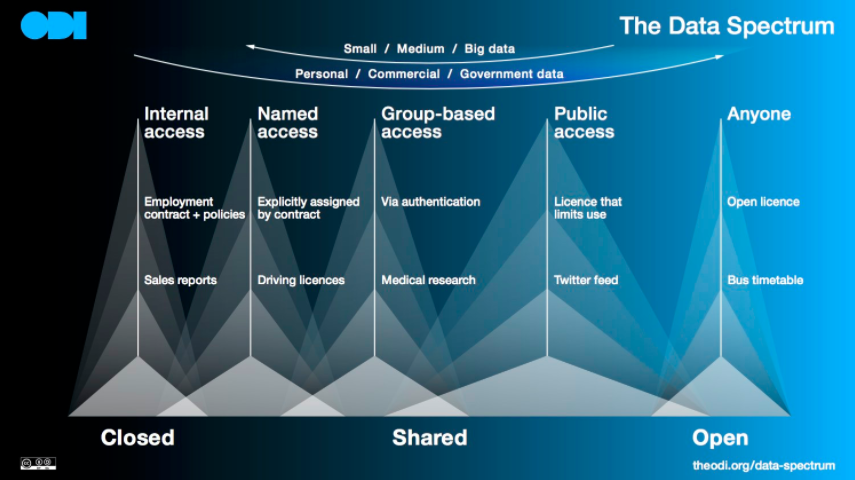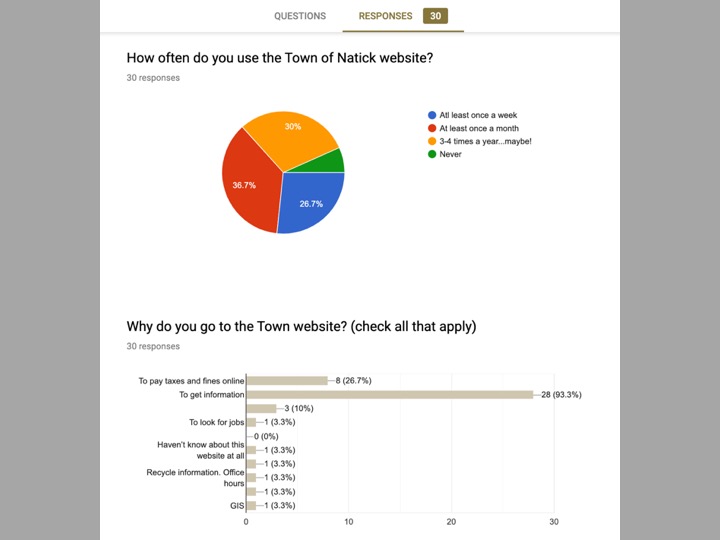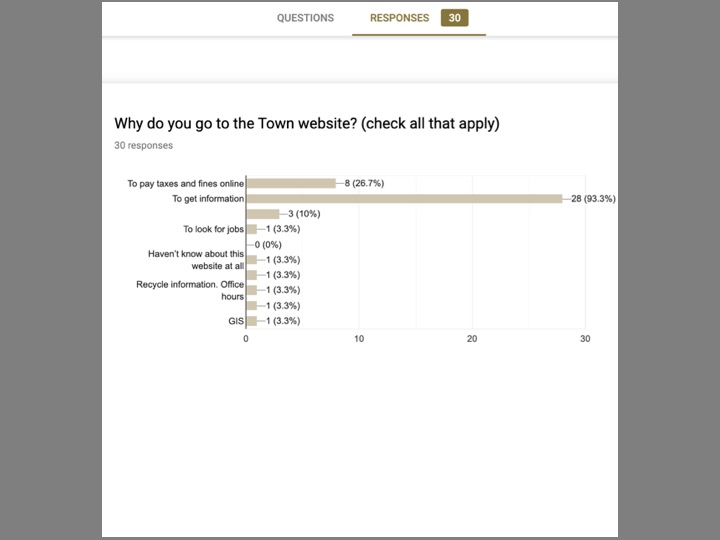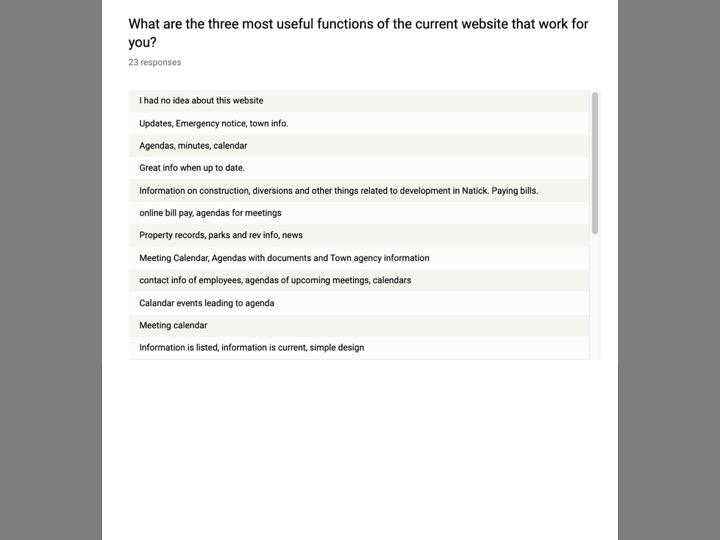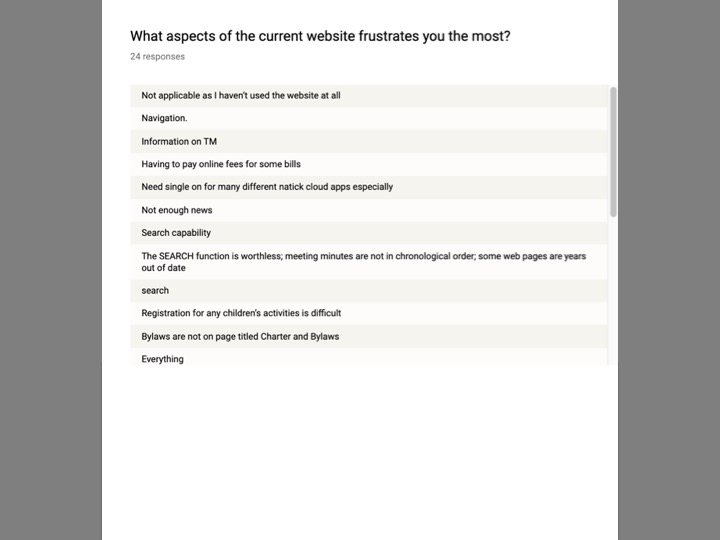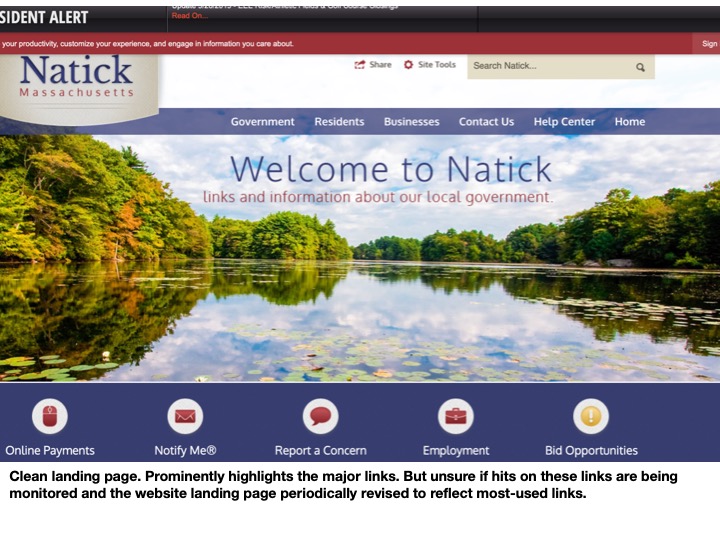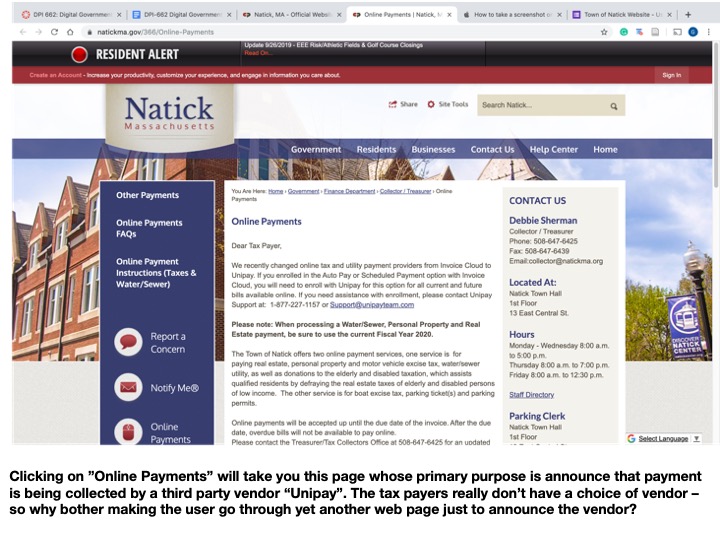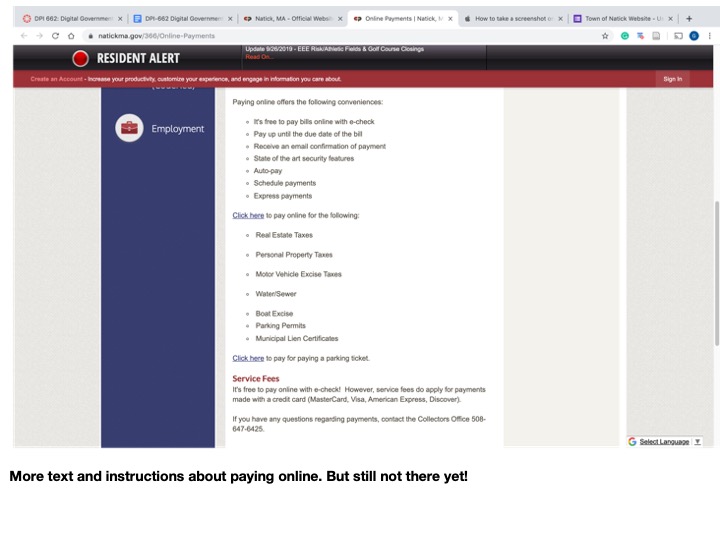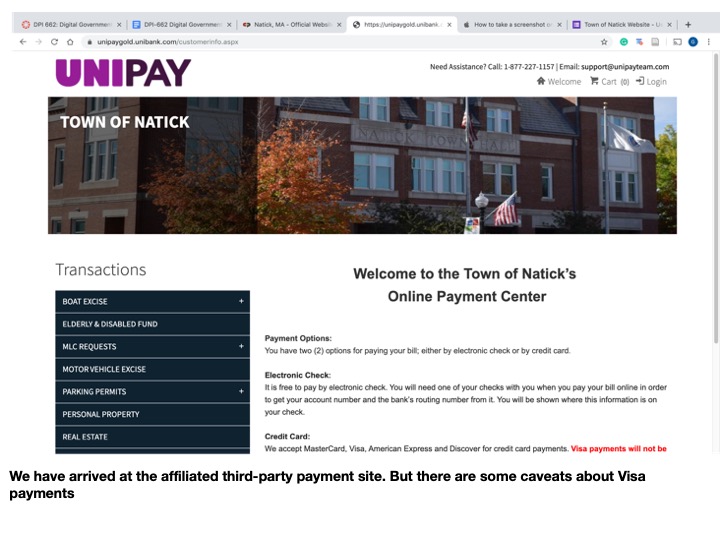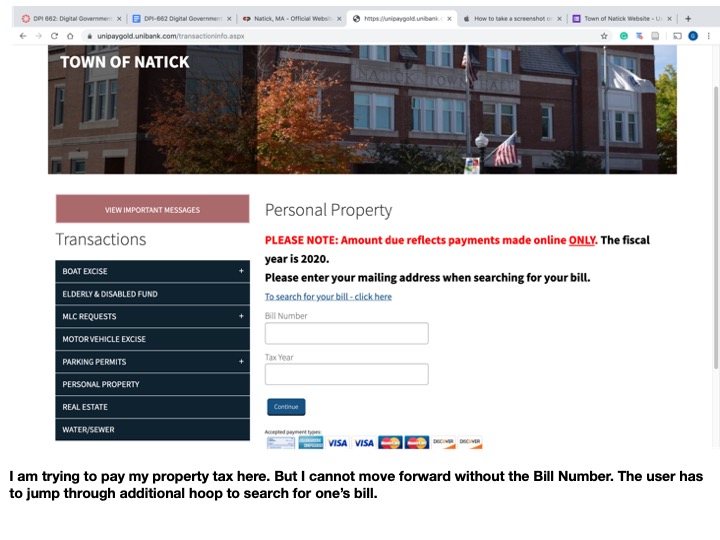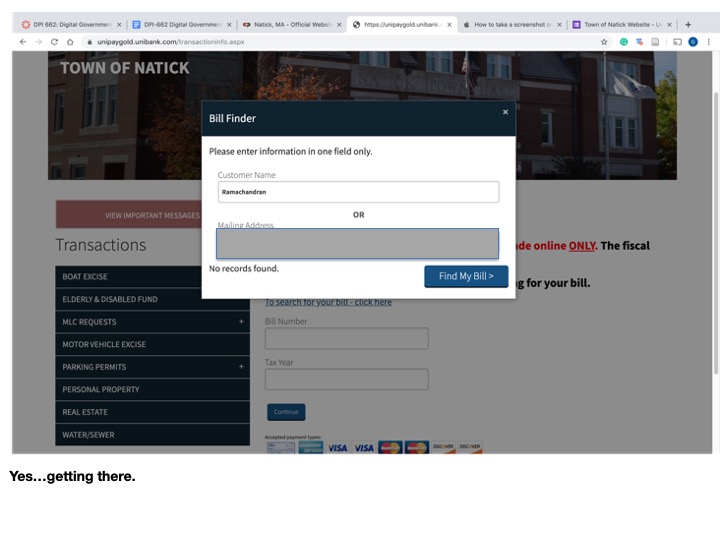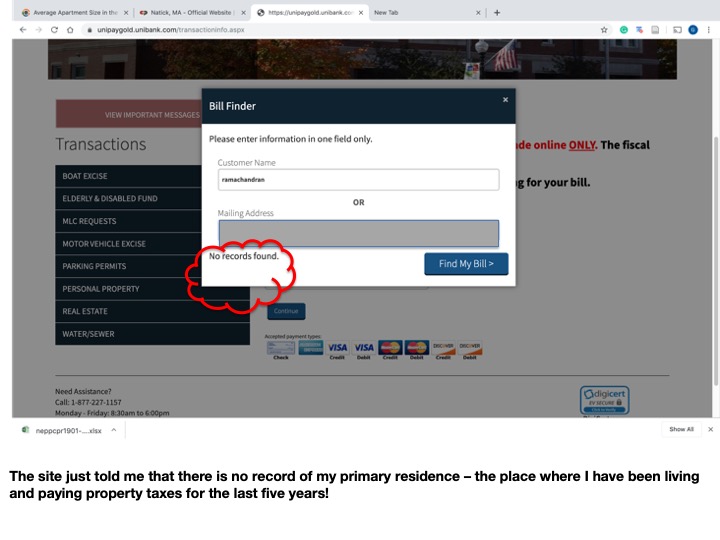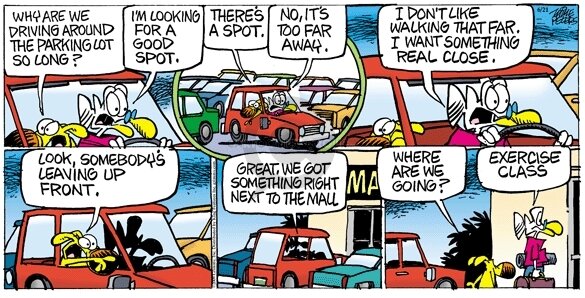Source: Statista
iOS App Ecosystem: Growth & Challenges
As of the first quarter of 2019, there were 2.2 million iOS apps[1]. According to Statista this figure is projected to grow to 5.06 million by 2020. While the exponential growth of apps is expected to continue across different mobile platforms, it is going to be increasingly challenging for us to curate and manage our apps for the following reasons:
1. Antitrust lawsuit that has been allowed to proceed by the 2019 Supreme Court Ruling[2]
2. Competition from other platforms.
3. Increasing challenges in enforcing our own rules for app development
While the first two points are a continuing source of concern for Apple, as the Senior Vice President of Public Policy and Government Affairs, I would like to flag the implication of our current enforcement policy in public utility applications.
Government Apps in iOS
The public sector is finally playing catchup with private businesses in employing apps to improve service delivery. In the U.S., we have close to 38,800 general-purpose governments (counties, cities, towns, other jurisdictions) together with another 51,000+ special districts (school districts, water authorities, parks, other public entities)[3]. These agencies are highly asymmetric in terms of their digital capabilities but are slowly starting to appreciate the power of mobile applications to advance service delivery.
“Do No Harm”
County and municipal governments are increasingly dependent on entrepreneurial developers and off-the-shelf enterprise solutions for B2B and B2C operations. That said, they are also less nimble and slower to respond to our constantly evolving App-Design rules. Unlike a game or a lifestyle app, disruption to any of the Government Apps can cause serious harm to underfunded administrative machinery and to the citizens at the receiving end. Moving forward, we need to have a clear policy on how to regulate Government Services Apps, while without sacrificing our brand value.
Next Steps
Expand our staffing capacity to oversee and regulate Public Utility Apps: We are notorious for not responding promptly to Developer concerns. We need to expand our platform regulation team and pay particular attending to diversifying team composition to include employees with policy and administrative experience in urban, suburban and rural governments.
Make “No-Cloning” policy less stringent for Government Apps[4]: There is not a lot of differences in the types of services offered by local government - Public Works, Public Safety, Tax Collection, Public Schools, etc. Even the most creative App Developer can only work within the scope of services demanded by the citizens. And these are not high-revenue apps with in-app purchases. Overzealous enforcement measures by Apple may ultimately backfire if frustrated government bodies mobilize a negative campaign against Apple through their legislative representatives.
Track Complaints & Suggestions: Systematically track, assess and address the complaints from public agencies. Deepen the bench of public-agency liaisons among the enforcement team. Create a dedicated communication channel for public agencies to provide constructive feedback
Establish Public-Private technical oversight board: Enable periodic review of enforcement policies with an oversight board comprised of public agencies, academics, and independent, bipartisan think-tanks. Such a board can also be tasked with reviewing and providing feedback to in-house, policy papers to chart the future direction of Apple’s engagement with public agencies.
It’s not about the dollars and we can afford it: Government service apps are only a small share of the iOS ecosystem. Paying attention to make sure they are not left in the lurch due to periodic, unannounced changes in our enforcement policy is critical to retaining the Government’s trust in Apple over the long term.
Source: Statista
References
[1] Nick G, “51 Jaw Dropping App Usage Statistics & Trends, 2019 [Infographic],” Tech Jury (blog), accessed November 25, 2019, https://techjury.net/stats-about/app-usage/.
[2] Tucker Higgins, “Supreme Court Deals Apple Major Setback in App Store Antitrust Case,” CNBC, May 13, 2019, https://www.cnbc.com/2019/05/13/supreme-court-rules-against-apple-in-app-store-antitrust-case.html.
[3] “Number of Local Governments by State,” accessed November 25, 2019, https://www.governing.com/gov-data/number-of-governments-by-state.html.
[4] “Apple’s Control over the App Store Is No Longer Sustainable,” TechCrunch (blog), accessed November 25, 2019, http://social.techcrunch.com/2019/10/21/apples-control-over-the-app-store-is-no-longer-sustainable/.

